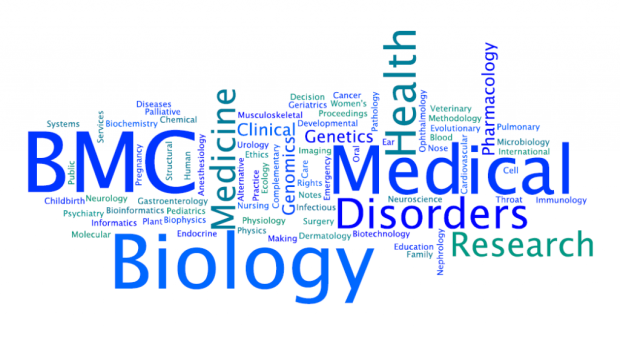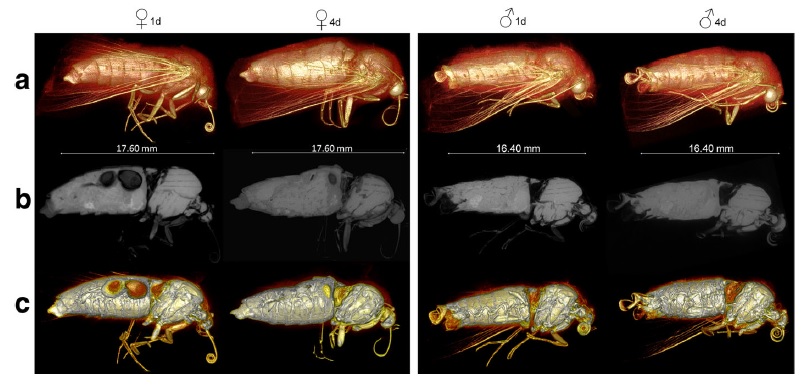
BMC Public Health: Food hypersensitivity and eating out
Food hypersensitivity (FH) encompasses both food allergies and non-allergic hypersensitivities and the key to minimizing symptoms and adverse health outcomes is avoidance of the food/allergen. As a parent, getting your child to eat the right food is challenging enough, but add the complexity of a FH and it becomes a whole lot harder; managing a FH child’s dietary needs is particularly challenging when eating out. A study published in BMC Public Health explored the experiences and behaviours of parents/caregivers when eating out with their FH child. Responses of the participants focused on three themes: ‘family context’, ‘child-focused concerns’, and ‘venue issues’. Eating out as a family was viewed as important to many of the participants; however the challenges associated with ensuring a safe eating out experience for their FH child meant that compromises were often made by at least one family member in order to provide a ‘safer’ venue for the child. Children were often frustrated/disappointed by limited food choices and caregivers believed that their child was ‘missing out’. This qualitative study provides insights into the experiences of caregivers of children with FH when they eat out, and may be of use in tailoring support and information provision to meet the needs of caregivers and children when eating out.
BMC Neurology: Neurological symptom assessment in Wilson’s disease
Wilson’s disease (WD) is a rare genetic disorder which leads to impaired copper metabolism; pathological build-up of copper occurs mainly in the liver and the brain which results in liver disease and neuropsychiatric symptoms. Early diagnosis of WD is critical to improving treatment outcomes, but remains a challenge due to the plethora of symptoms with which patients may present, as well as the complexity of the existing clinical tools. A study published in BMC Neurology directly compared the two currently used clinical rating scales, in 65 patients receiving treatment for WD, and evaluated their feasibility for use in routine clinical practice. The neurological and psychiatric subscales of the two tools were found to be valuable for detailed assessment of neurological and psychiatric impairment in patients with WD. In contrast, the hepatic subscales showed low correlation with other established measures, underlining the need for further assessment of liver specific rating scales in WD. The authors also developed a short, patient reported, version of one of the scales and suggest its use as a pre-screening tool for the evaluation of WD patients with mild to moderate neurological symptoms, however further studies are required to fully evaluate this scale.
Image of the month: 3D visualization of live insects
Live imaging of whole invertebrates is possible using X-ray micro-computed tomography (micro-CT), but image quality is often compromised by the movement of live subjects. A study published in BMC Zoology demonstrates that temporary immobilization of live insects, using CO2 gas, during micro-CT imaging allows 3D visualization of the whole insect without motion artefacts, and enables repeat imaging at multiple time points, without adversely affecting the insects. The authors discuss the article further in this blog.

BMC Psychiatry: Machine Learning to Predict Childhood PTSD
Post-traumatic stress disorder (PTSD) is a type of anxiety disorder which may develop after an individual experiences a traumatic event. Approximately 20% of children will experience some kind of traumatic event before they are 16 years old, but only some go on to develop PTSD. How can we know which child is at risk for PTSD so that it can be prevented? A study published in BMC Psychiatry is the first of its kind to use machine learning to identify risk factors for childhood PTSD; Machine learning is a computational approach designed to find patterns in data that will form reliable and accurate predictive models of specified events (in the case of this study, the occurrence of PTSD in a traumatized child). The study used data from a longitudinal study of children admitted to hospital following an injury; a wide variety of risk factors were assessed whilst the child was in hospital and PTSD was determined three months after hospital discharge. Machine Learning methods were applied to the data and models of risk for PTSD were built and tested for accuracy against the real life incidence of PTSD. A set of causal variables, measured around the time of trauma that predicted PTSD three months later were identified by the models. Author Glenn Saxe tells us more about the study in this blog.
BMC Pharmacology and Toxicology: Targeting angiogenesis in oral cancer
Angiogenesis, the formation of new blood vessels from pre-existing vessels, is a vital physiological process in growth and development. Angiogenesis is also critical for growth and malignancy of tumors and inhibitors of angiogenesis are promising therapeutic targets for cancer treatment. Semaphorins are secreted proteins that act as axon guidance molecules during the development of the nervous system, but have recently been shown to prevent angiogenesis. A study published in BMC Pharmacology and Toxicology examined the potential therapeutic effects of overexpressing Semaforin-3 (Sema3), which is normally expressed at low levels in human oral cancer. Using a lentiviral vector, the authors overexpressed Sema3 in oral tumor cell lines; they demonstrate decreased tumor vasculature in vitro and drastically suppressed size and capillary density of tumors in xenograft models of oral cancer in vivo. Thus, overexpression of Sema3A in oral cancer cells drastically suppresses the growth of oral cancer by inhibiting angiogenesis.
BMC Genetics: Tellin shell karyotypes
Tellins are a genus of marine bivalve molluscs and are one of the largest and most diverse families of bivalves. The taxonomy of tellins is chaotic, largely due to the diversity displayed by their shells. A study published in BMC Genetics reports a cytogenetic analysis of four tellin shell species. The authors analyzed the karyotypes (the number and appearance of chromosomes in the nucleus) of the four species, and mapped gene clusters using fluorescent in situ hybridization (FISH). The study demonstrates that tellin shells present diverse karyotype compositions. This technique of molecular karyotype analysis provides valuable information for tellin shell identification, and may be helpful for both taxonomic and phylogenetic purposes.
Comments